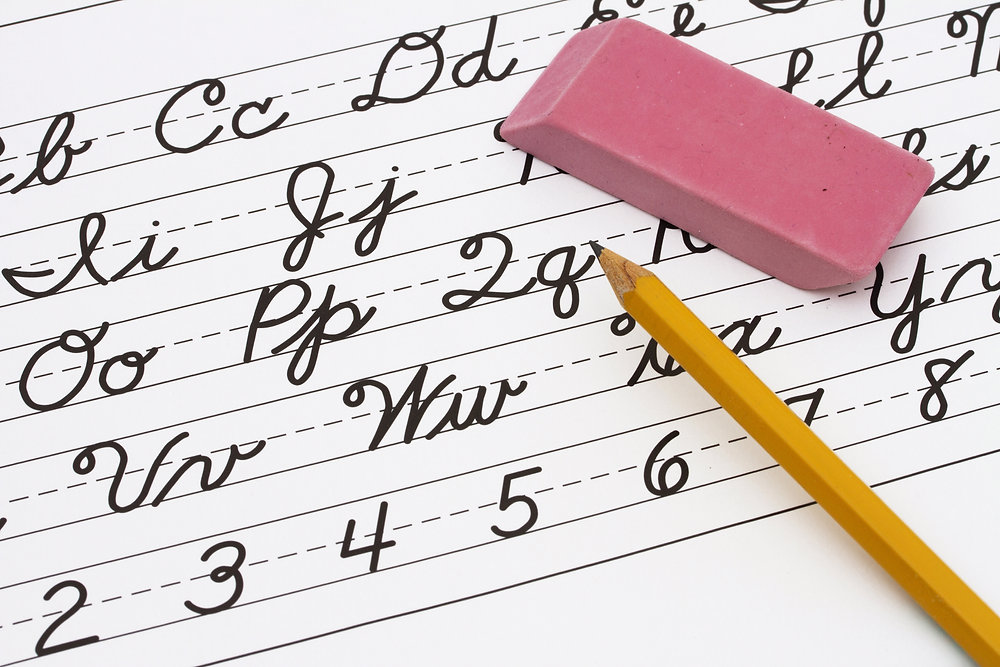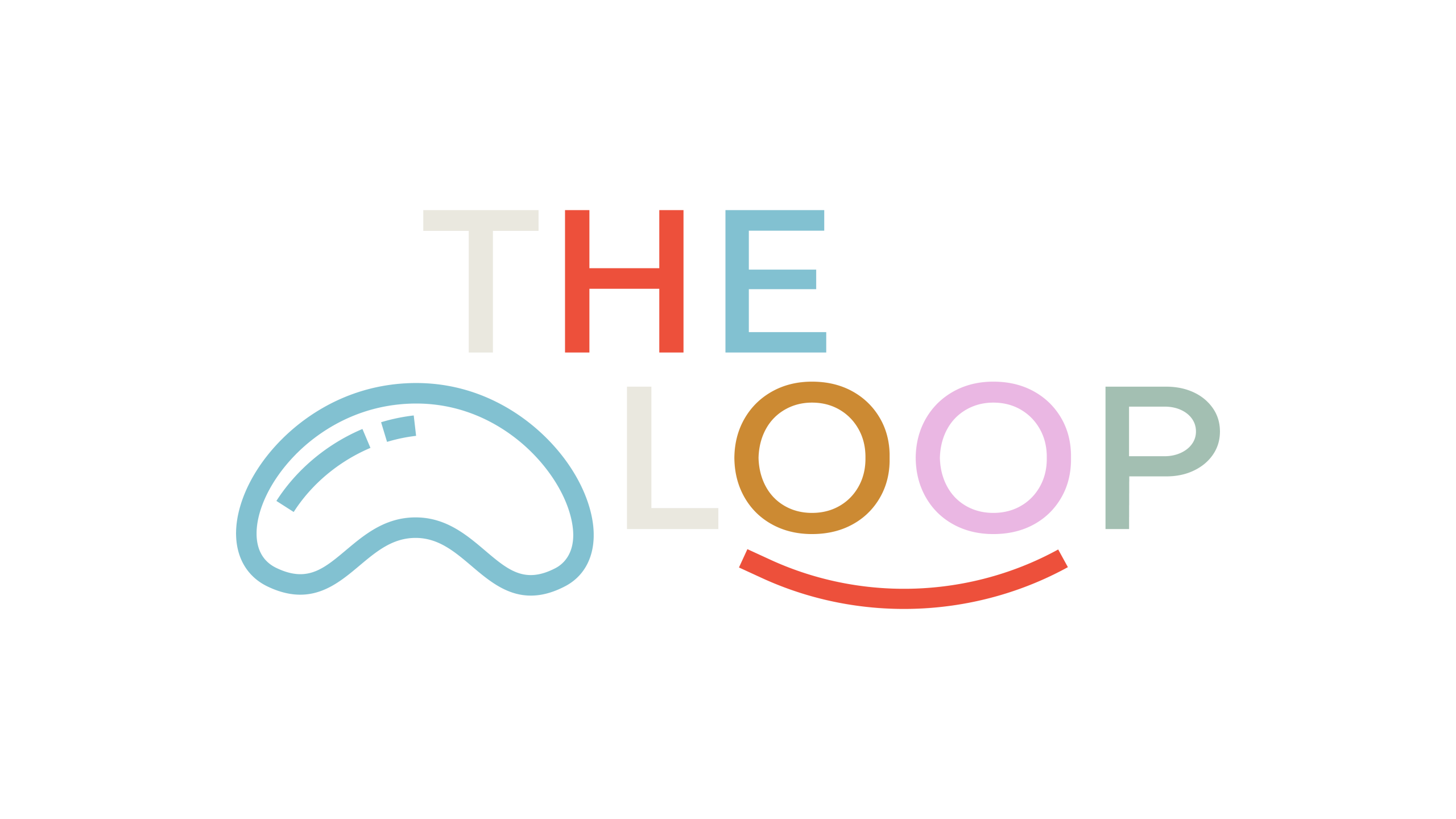
When I was in elementary school, learning cursive was an exciting benchmark. My classmates and I mastered printing in kindergarten and first grade. When second grade rolled around, my teacher sprayed globs of shaving cream on our desks. We spread it across the surface of our desks and we used it to make our first attempts at writing cursive letters. For the rest of my elementary and high school education, if assignments were not typed, the final drafts had to be written in cursive
Flash forward many years and cursive seems to be a relic of a bygone era. Why do children need to learn cursive when they can print or type their assignments? Why waste precious time during the school day on handwriting?
It turns out that writing in cursive has many benefits, not the least of which is learning how to sign your name on legal documents.
Research has found that students who learn cursive score better on reading and spelling tests than their manuscript only counterparts. This is possibly because children who use cursive think of words as a whole, instead of individual letter parts.
Cursive can be especially beneficial for children who struggle with reversing letters. When printing, it is very easy to reverse p, b, and d. It would be very difficult to reverse these in cursive. Learning cursive can also benefit children’s reading skills. Children who are able to read cursive can also read printed text. However, the reverse is not true.
Many Montessori schools introduce cursive writing to children when they are 3-4 years old. Dr. Maria Montessori saw that cursive handwriting helped teach children fine motor skills. She also noted that the straight lines of printing were actually more challenging for children to form than cursive. Cursive handwriting encourages fluidity because the writer does not pick up their pencil after writing each individual letter.
Some children also find that writing in cursive is a helpful skill as well as a creative outlet. It is something that feels individualized, beautiful, and artistic.
Cursive writing has academic, motoric, and artistic benefits. There are several fun ways to introduce cursive to your child- shaving cream, tracing your own letters, and q-tips and paint. Give some of them a try and have fun exploring this often forgotten approach.
Here is a link to a great website that shows letter formation in cursive:
References:


